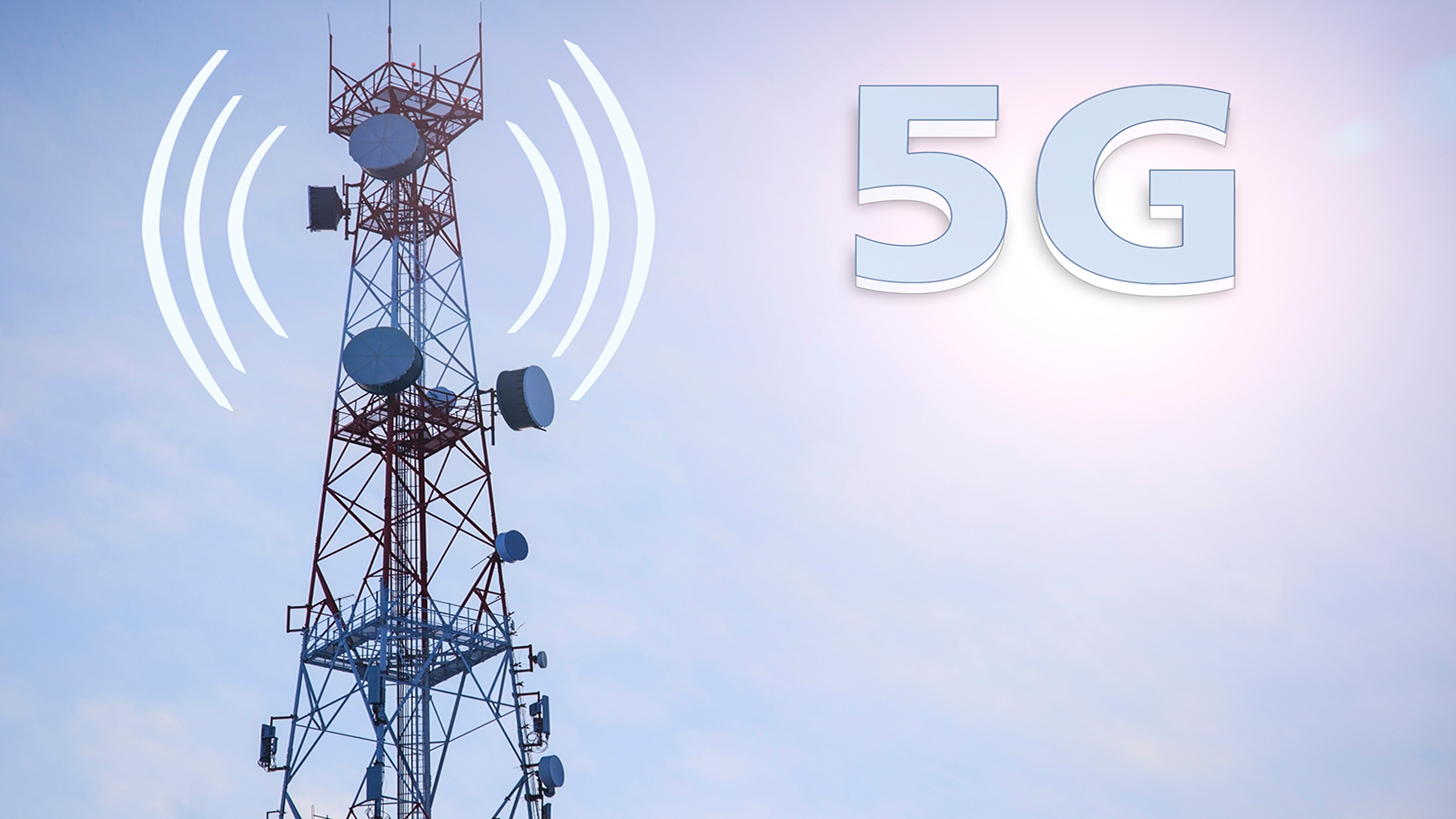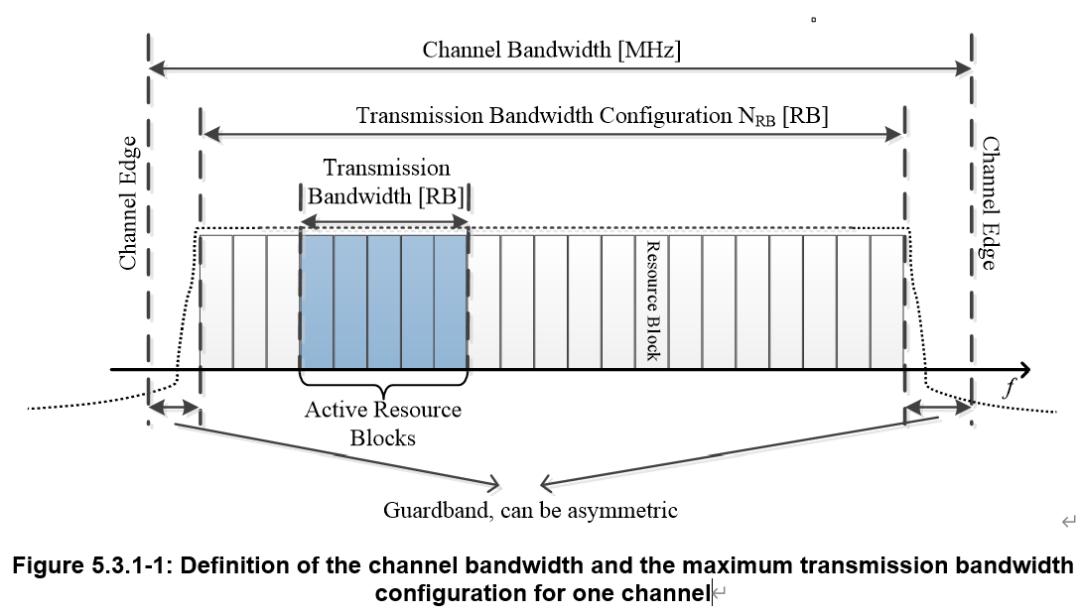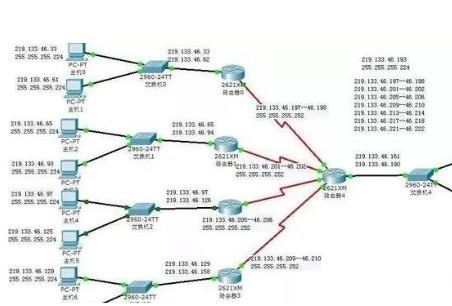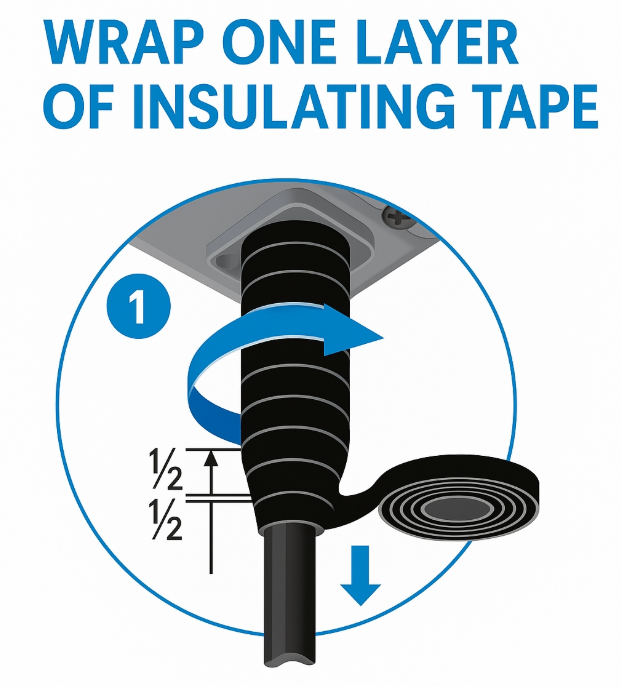Required equipment
Building a 5G base station requires the following categories of equipment:
Base station equipment
Equipment for wireless signal transmission and reception, typically including RRU, BBU, and antennas. The RRU performs radio frequency processing and amplification; the BBU handles digital signal processing and control; antennas provide the radio link with user devices.
Transmission and network equipment
Equipment for carrying and routing 5G data, such as routers and switches.
Power equipment
Power systems including UPS units and batteries to ensure continuous operation of base station equipment.
Equipment room systems
Infrastructure for the equipment room, such as air conditioning and fire protection systems, to maintain stable and safe operation of the hardware.
Monitoring and maintenance equipment
Monitoring devices such as cameras and sensors used to monitor and maintain the operational status of base station equipment in real time.
Note: Different network operators may have varying equipment configuration requirements. Specific deployments should be determined based on actual needs.
Three main components of a base station
A cellular base station converts wireless signals to wired formats for data transmission. A typical base station comprises three main parts:
Antenna system
The antenna system receives and transmits radio signals. It consists of multiple antenna elements, with each element handling a set of transmit/receive channels. The number of elements determines the capacity of the site.
Wireless transmission system
The wireless transmission system comprises RF equipment used to transmit and receive signals and the RF components required in the transmission chain. These components include amplifiers, filters, couplers, feeders, and oscillators. The system converts wireless signals received by the antenna into electrical signals for the switching center, and converts signals from the switching center into wireless signals for transmission to users.
Baseband processing system
The baseband processing system handles digital signal processing tasks such as compression, coding, modulation, demodulation, error detection, and error correction. It uses digital techniques to process data quickly and efficiently and can be adapted to specific protocols to ensure transmission quality.
These three parts work together to realize radio signal transmission and data handling functions of the base station.
Typical equipment layers of a base station
Different types of base stations include different equipment and quantities, but a common layered structure includes:
Tower
The main supporting structure, typically made from welded steel tube or square tubing, or designed as self-supporting or guyed towers, used to support the various components of the base station.
Antenna mount
Structures used to fix the antenna system so it can operate at the intended azimuth and tilt.
Antenna system
Composed of multiple antenna elements and associated components such as power splitters and feeder lines; responsible for sending and receiving radio signals.
Outdoor unit (RRU)
The remote radio unit performs RF receive and demodulation functions and typically uses microwave monolithic integrated circuits (MMIC). It transmits RF signals via feeders to the indoor baseband processing system.
Indoor unit (BBU)
The baseband unit contains elements such as power amplifiers, filters, and frequency converters, and performs amplification, filtering, signal processing, coding, and decoding before forwarding data to the network core.
This is a general equipment hierarchy. Specific devices may be integrated or separated depending on base station type and vendor design.
 ALLPCB
ALLPCB








